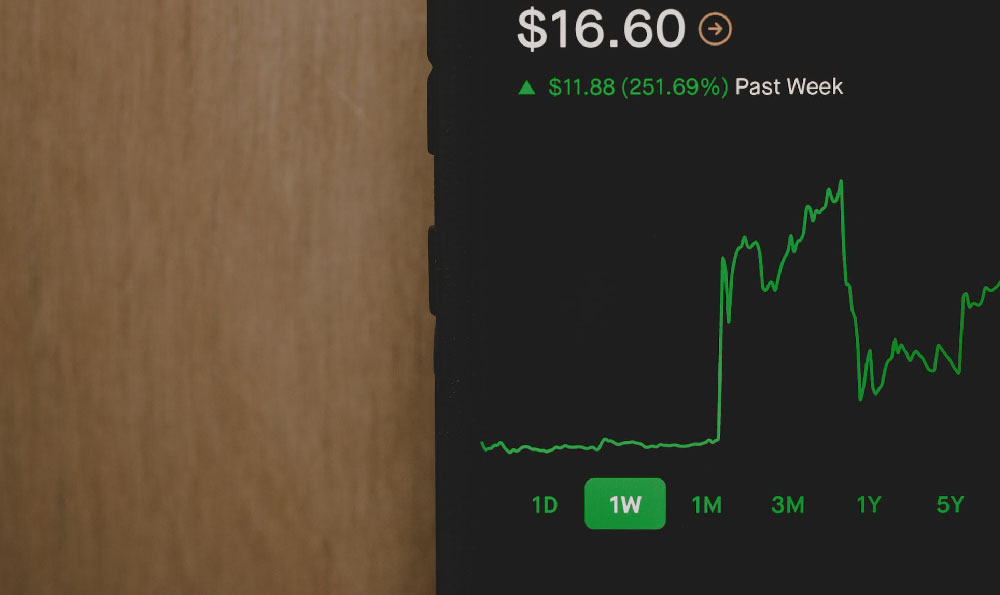How to monetize a website, and what are the best ways to do it?

Monetizing a website effectively requires a strategic approach, blending an understanding of your audience, the value you provide, and the various revenue-generating mechanisms available. Simply launching a website and hoping for profits is a recipe for disappointment. Instead, a thoughtful plan focused on providing real value and attracting a loyal following is paramount.
The foundation of any successful website monetization strategy lies in understanding your target audience. Who are they? What are their needs and interests? What problems are they trying to solve? The more you know about your audience, the better you can tailor your content and offerings to resonate with them. This deeper connection not only drives traffic but also increases engagement, making them more receptive to your monetization efforts. For example, a website catering to beginner photographers might focus on creating tutorials and product reviews. A site dedicated to personal finance could offer budget templates and investment guides. Understanding your audience’s pain points allows you to create solutions they are willing to pay for.
Once you understand your audience, you need to focus on consistently delivering high-quality, valuable content. This is the engine that drives traffic to your website and builds your reputation as a trusted resource. Content can take many forms, including blog posts, articles, videos, podcasts, and interactive tools. The key is to create content that is engaging, informative, and relevant to your audience's interests. Search engine optimization (SEO) plays a crucial role here. Optimizing your content for relevant keywords will help you attract organic traffic from search engines, which is a sustainable and cost-effective way to grow your audience. Regularly updated content keeps your site fresh and encourages repeat visits.

With a solid foundation of valuable content and a growing audience, you can begin exploring different monetization methods. Several options exist, each with its own advantages and disadvantages. One of the most popular methods is advertising. Display advertising, such as Google AdSense, involves placing banner ads on your website and earning revenue based on the number of impressions or clicks the ads receive. While this can be a relatively easy way to generate income, it's important to strike a balance between revenue and user experience. Too many ads can be distracting and annoying, potentially driving visitors away. Contextual advertising, where ads are tailored to the content of your website, can be a more effective and less intrusive option.
Affiliate marketing is another popular monetization method. This involves promoting other companies' products or services on your website and earning a commission for each sale or lead generated through your referral link. To succeed with affiliate marketing, it's important to choose products or services that are relevant to your audience and that you genuinely believe in. Transparency is also crucial. Clearly disclose your affiliate relationships to maintain trust with your audience. Write honest and unbiased reviews, highlighting both the pros and cons of the products you're promoting.
Selling your own products or services is a more direct way to monetize your website. This can include physical products, digital products, or consulting services. Digital products, such as ebooks, online courses, and software, can be particularly lucrative due to their low production and distribution costs. If you have expertise in a particular area, offering consulting services can be a valuable way to generate revenue. The key to success with this approach is to create high-quality products or services that meet a specific need and that offer real value to your customers. Building a strong brand and providing excellent customer service are also essential.
Subscriptions and memberships offer a recurring revenue stream. This model involves charging users a monthly or annual fee for access to exclusive content, features, or services. This could include premium articles, online courses, private communities, or advanced tools. To make a subscription model work, you need to offer something truly valuable that users are willing to pay for on a recurring basis. Consistently updating your offerings and providing excellent customer support are crucial for retaining subscribers.
Donations are a viable option, particularly for websites that provide free content or services that are valuable to the community. Setting up a donation button through platforms like PayPal or Patreon allows users to support your work financially. This approach relies on the generosity of your audience and requires building a strong sense of community and trust. Regularly thanking donors and acknowledging their contributions can help foster a sense of appreciation and encourage further support.
No matter which monetization method you choose, it's important to track your results and make adjustments as needed. Use analytics tools like Google Analytics to monitor your website traffic, user engagement, and conversion rates. This data will provide valuable insights into what's working and what's not, allowing you to optimize your monetization strategy for maximum effectiveness. Regularly test different ad placements, affiliate offers, or pricing models to see what performs best.
Avoiding common pitfalls is crucial for sustainable website monetization. One common mistake is focusing too much on short-term profits at the expense of long-term sustainability. Bombarding visitors with excessive ads or promoting low-quality products can damage your reputation and drive away your audience. It's also important to avoid copyright infringement or plagiarism. Always create original content or obtain the necessary permissions to use copyrighted material. Finally, be wary of get-rich-quick schemes or unrealistic promises. Sustainable website monetization requires hard work, dedication, and a commitment to providing real value to your audience. It's a marathon, not a sprint.
Ultimately, the best way to monetize a website is to focus on building a strong relationship with your audience, providing valuable content, and choosing monetization methods that are aligned with your values and the needs of your users. Building trust and credibility is paramount. Transparency is crucial; be honest about your affiliate relationships and advertising practices. By consistently delivering high-quality content and focusing on the needs of your audience, you can create a sustainable and profitable website that benefits both you and your visitors. It is an ongoing process of refinement, adaptation, and a deep commitment to providing value.














